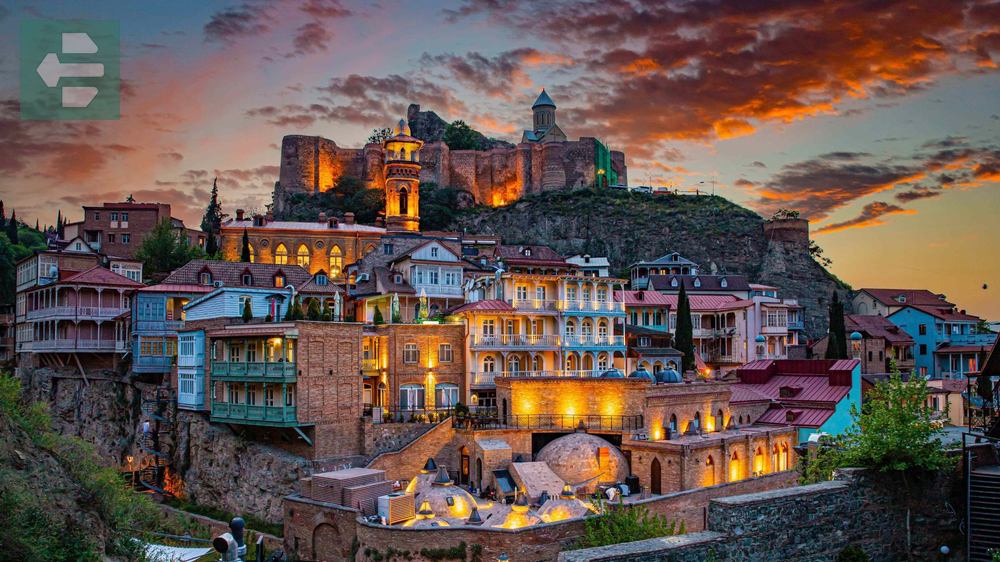Georgia offers an extraordinary blend of ancient history, dramatic landscapes, and warm hospitality that few destinations can match. The best places to visit in Georgia include the vibrant capital Tbilisi, the Black Sea resort city of Batumi, the wine region of Sighnaghi, and the mountain villages of Mestia and Ushguli. Other remarkable destinations include the ancient cave city of Vardzia, the historic Mtskheta, and the mineral springs of Borjomi.
Keep reading as we explore Georgia's most captivating destinations that will transform your understanding of this remarkable Caucasus country.
List of Contents
- 1. Tbilisi: Where Past Meets Present
- 2. Batumi: Seaside Soul and Soviet Echoes
- 3. Kutaisi: Georgia's Ancient Heart
- 4. Sighnaghi: Love in the Hills
- 5. Stepantsminda: Gateway to the Gods
- 6. Mestia: Where Time Moves Differently
- 7. Ushguli: Europe's Highest Village
- 8. Gudauri: Powder and Peaks
- 9. Mtskheta: Cradle of Faith
- 10. Vardzia: City in Stone
- 11. Uplistsikhe: Carved from Time
- 12. David Gareja: Desert Monastery
- 13. Gori: Beyond One Man's Shadow
- 14. Borjomi: Healing Waters and Mountain Air
- Your Georgian Adventure Awaits
1. Tbilisi: Where Past Meets Present
Tbilisi's old town clings to hillsides like memories refusing to fade. Sulfur baths steam beneath domed roofs while cable cars carry visitors above 13th-century walls to modern glass structures.
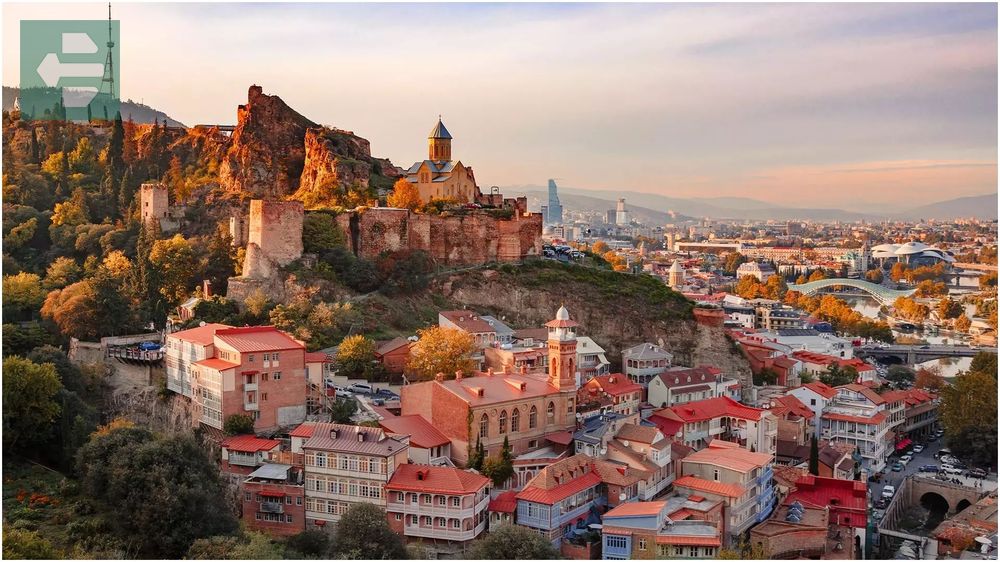
The city's heart beats strongest in its courtyards. Wooden balconies lean over narrow streets where locals still hang laundry and share evening conversations. Walk through Abanotubani district at dawn—the thermal springs create a mystical atmosphere as morning light filters through rising steam.
Don't miss the Mother Georgia statue overlooking the city. She holds a sword for enemies and wine for friends, perfectly capturing Georgian hospitality.
Quick Facts:
- Peak Season: May-October
- Getting There: Tbilisi International Airport, train from Yerevan/Baku
- Entry Fee: Free (individual attractions vary)
- Suggested Stay: 3-4 days
- Key Spots: Narikala Fortress, Sulfur Baths, Peace Bridge, National Museum
2. Batumi: Seaside Soul and Soviet Echoes
Batumi transforms from sleepy port to neon-lit playground after dark. The Black Sea laps against beaches while futuristic towers stretch toward cloud-covered mountains.
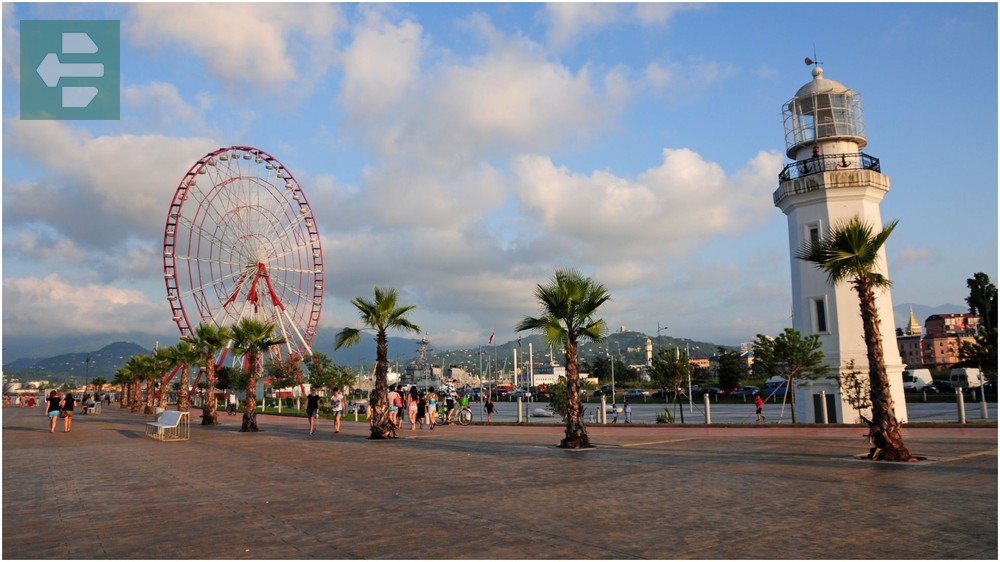
Boulevard Batumi extends six kilometers along the coastline. Early morning joggers share the path with elderly couples feeding seagulls. The contrast hits you immediately—gleaming casinos stand beside crumbling Soviet-era buildings, each telling Georgia's complex story.
Visit the Alphabet Tower at sunset. As you ascend 130 meters, the city spreads below like scattered lights on black water.
Quick Facts:
- Peak Season: June-September
- Getting There: Batumi Airport, train from Tbilisi
- Entry Fee: Free (beach activities extra)
- Suggested Stay: 2-3 days
- Key Spots: Batumi Boulevard, Alphabet Tower, Botanical Garden, Europe Square
3. Kutaisi: Georgia's Ancient Heart
Kutaisi predates most European capitals by centuries. The Rioni River flows past limestone cliffs where Prometheus was chained according to Greek mythology.
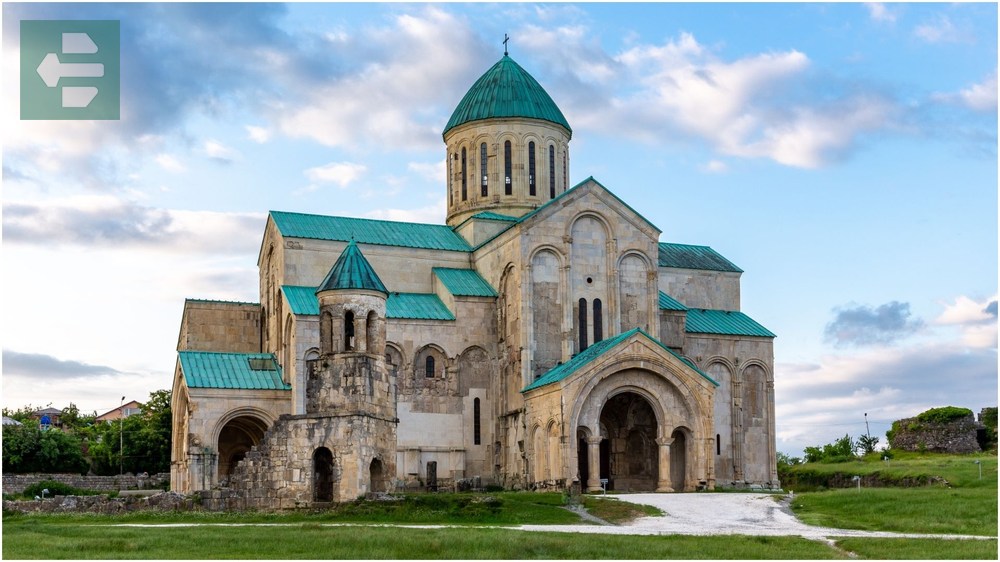
Bagrati Cathedral crowns the city from Ukimerioni Hill. Climb the ancient steps as pilgrims have done for a thousand years. The view reveals red-tiled roofs spreading toward distant mountains, unchanged since medieval times.
Locals still gather at Kutaisi's central market each morning. The cheese vendors know their customers by name, and conversations flow as freely as the wine.
Quick Facts:
- Peak Season: April-October
- Getting There: Kutaisi Airport, marshrutka from Tbilisi
- Entry Fee: Free (cathedral donations welcome)
- Suggested Stay: 1-2 days
- Key Spots: Bagrati Cathedral, Gelati Monastery, Sataplia Cave, Central Market
4. Sighnaghi: Love in the Hills
Sighnaghi perches on Alazani Valley's edge like a Mediterranean village transported to the Caucasus. Cobblestone streets wind between pastel houses where bougainvillea cascades over ancient stone walls.
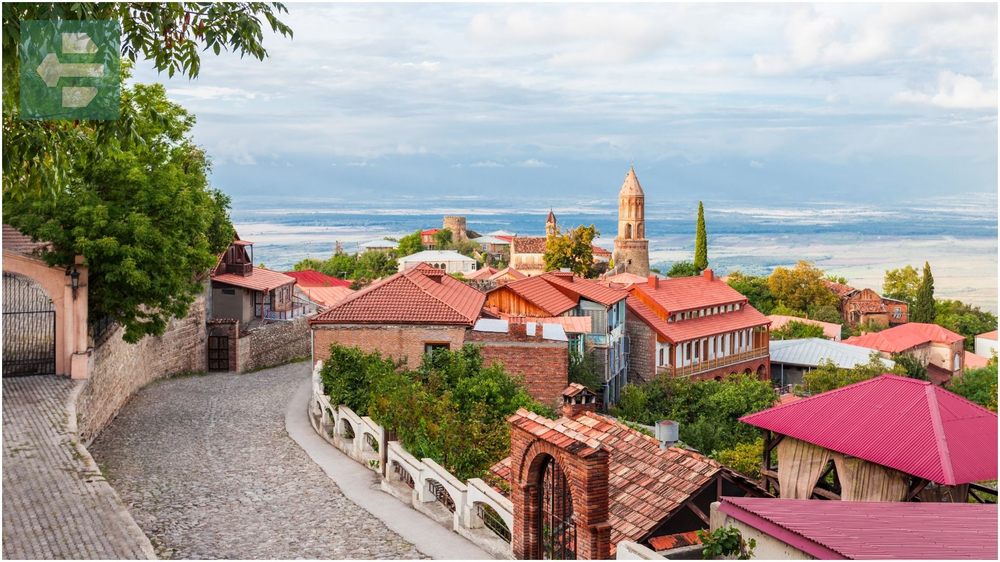
I discovered Sighnaghi during harvest season. Wine cellars opened their doors as families pressed grapes using methods unchanged for centuries. The aroma of fermenting qvevri wine mingled with wood smoke from evening fires.
The town wall stretches four kilometers around medieval ramparts. Walk the battlements at golden hour when Alazani Valley glows beneath snow-capped peaks.
Quick Facts:
- Peak Season: September-October (harvest), May-July
- Getting There: Marshrutka from Tbilisi (2 hours)
- Entry Fee: Free
- Suggested Stay: 1-2 days
- Key Spots: Town Wall, Wedding Palace, Wine Cellars, Bodbe Monastery
5. Stepantsminda: Gateway to the Gods
Stepantsminda sits at 1,740 meters where mountain air bites your lungs and silence has weight. Gergeti Trinity Church appears to float on a hilltop above the village, framed by Mount Kazbek's glacial peak.
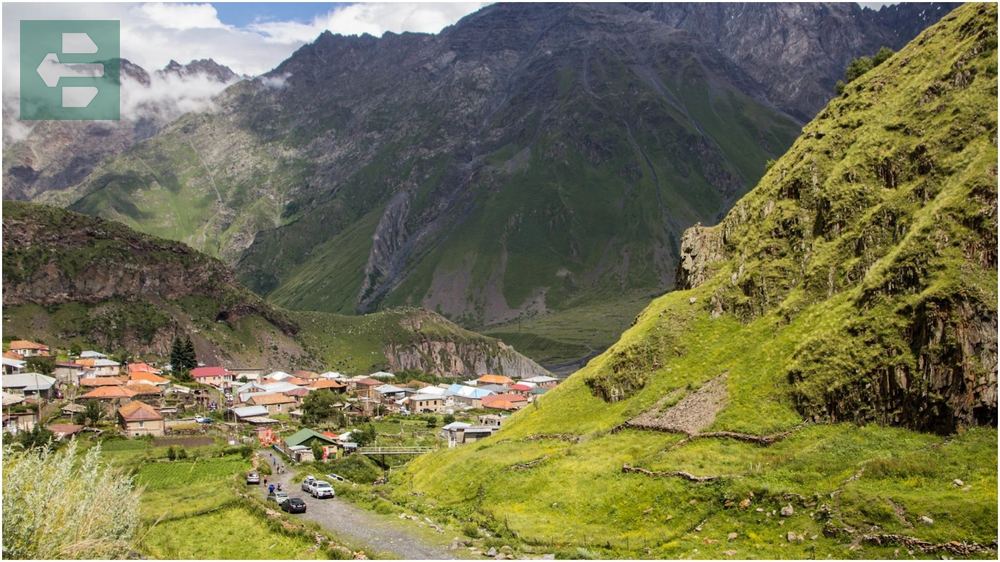
The hike to Gergeti takes two hours through alpine meadows. Locals offer rides in Soviet-era jeeps, but walking lets you hear the mountain's rhythm—wind through grass, distant cowbells, your own heartbeat.
Stay overnight if weather permits. Stars shine brighter here than anywhere else in Georgia, and dawn over Kazbek transforms the world into silver and gold.
Quick Facts:
- Peak Season: June-September
- Getting There: Marshrutka from Tbilisi via Georgian Military Highway
- Entry Fee: Free
- Suggested Stay: 1-2 days
- Key Spots: Gergeti Trinity Church, Mount Kazbek, Dariali Gorge, Rooms Hotel
6. Mestia: Where Time Moves Differently
Mestia's stone towers pierce mountain mist like ancient guardians. Svan families built these fortifications centuries ago, and they still dominate Caucasus valleys where eagles nest and wolves hunt.

The town serves as Svaneti's cultural heart. Museums preserve Svan icons and manuscripts while local guides share stories passed down through generations. Their language sounds like wind through high passes—ancient and mysterious.
Cable cars now carry visitors to Zuruldi Peak, but the real magic happens in village streets where children play among thousand-year-old towers.
Quick Facts:
- Peak Season: July-September (summer), December-March (skiing)
- Getting There: Daily flights from Tbilisi, 4WD from Zugdidi
- Entry Fee: Free (museum fees apply)
- Suggested Stay: 2-3 days
- Key Spots: Svan Towers, Ethnographic Museum, Zuruldi Peak, Hatsvali Ski Resort
7. Ushguli: Europe's Highest Village
Ushguli sits at 2,100 meters where Europe ends and sky begins. Medieval towers cluster around Mount Shkhara like stone prayers frozen against the highest peak in Georgia.

Four hamlets comprise Ushguli, connected by footpaths that follow ancient trade routes. Families still live in tower houses their ancestors built, herding cattle through summer pastures as their forefathers did.
The village church holds thousand-year-old frescoes. During evening service, candlelight flickers on painted saints while mountain winds sing through stone walls.
Quick Facts:
- Peak Season: June-September
- Getting There: 4WD from Mestia (45 minutes)
- Entry Fee: Free
- Suggested Stay: 1 day
- Key Spots: Svan Towers, Lamaria Church, Mount Shkhara viewpoints, Traditional households
8. Gudauri: Powder and Peaks
Gudauri sprawls across high alpine slopes where ski runs descend from 3,279 meters. The resort feels raw compared to European counterparts—fewer crowds, deeper powder, and views that stretch to the Russian border.

Off-piste skiing here requires respect for the mountain. Local guides know where cornices hide and avalanche zones lurk. The terrain rewards bold skiers but punishes the reckless.
Summer transforms Gudauri into a paragliding paradise. Pilots launch from ski slopes to soar above valleys that drop 2,000 meters below.
Quick Facts:
- Peak Season: December-April (skiing), June-September (summer activities)
- Getting There: Transfer from Tbilisi (2 hours)
- Entry Fee: Lift tickets from 25 GEL
- Suggested Stay: 3-5 days
- Key Spots: Ski slopes, Paragliding sites, Cross Pass viewpoint, Soviet-era monument
9. Mtskheta: Cradle of Faith
Mtskheta predates Christianity in Georgia yet became its spiritual center when Saint Nino arrived in the 4th century. Svetitskhoveli Cathedral rises from the town center where Georgia's first Christian kings were crowned and buried.

The cathedral holds the Robe of Christ according to Georgian Orthodox tradition. Pilgrims travel from across the Caucasus to pray before this sacred relic, their whispered prayers echoing off ancient stone.
Walk the narrow streets at evening when church bells call the faithful to vespers. The sound carries across Mtkvari River to Jvari Monastery on its hilltop perch.
Quick Facts:
- Peak Season: Year-round
- Getting There: Marshrutka from Tbilisi (30 minutes)
- Entry Fee: Free (donations welcome)
- Suggested Stay: Half-day
- Key Spots: Svetitskhoveli Cathedral, Jvari Monastery, Archaeological Museum, Samtavro Monastery
10. Vardzia: City in Stone
Vardzia's caves honeycomb volcanic cliffs for 500 meters above Mtkvari River. Queen Tamar's engineers carved this underground city from solid rock, creating chambers that housed 2,000 monks during Georgia's golden age.

Climbing through narrow passages feels like exploring ancient mysteries. Frescoes survive in hidden chapels where medieval artists painted by candlelight. Their faces seem to watch visitors with eyes that have seen eight centuries pass.
The wine cellars still function. Local families press grapes in traditional qvevri buried in cave floors, continuing traditions that survived Mongol invasions and Soviet persecution.
Quick Facts:
- Peak Season: April-October
- Getting There: Tour from Tbilisi or rental car via Akhalkalaki
- Entry Fee: From 3 GEL
- Suggested Stay: Half-day
- Key Spots: Cave monastery, Church of the Dormition, Frescoes, Wine cellars
11. Uplistsikhe: Carved from Time
Uplistsikhe emerges from rocky hillsides like a city from another world. Ancient Georgians carved homes, temples, and theaters from living rock, creating a settlement that flourished for nearly 3,000 years.

The cave city once controlled Silk Road trade routes. Merchants and pilgrims filled narrow streets where wind now whistles through empty chambers. A theater still shows perfect acoustics—whispers from the stage reach the highest seats.
Visit during late afternoon when slanted light penetrates cave windows and shadows define ancient architecture carved from stone.
Quick Facts:
- Peak Season: April-October
- Getting There: Tour from Tbilisi or marshrutka to Gori plus taxi
- Entry Fee: From 3 GEL
- Suggested Stay: Half-day
- Key Spots: Cave dwellings, Ancient theater, Wine cellars, Royal halls
12. David Gareja: Desert Monastery
David Gareja sprawls across semi-desert hills where Georgia meets Azerbaijan. Sixth-century monks carved cells from sandstone cliffs, creating a spiritual center that survived invasions, earthquakes, and political upheavals.

The main monastery complex includes active churches where services continue traditions established 1,500 years ago. Hiking trails connect scattered hermitages where monks once lived in complete isolation.
Border guards patrol nearby—this frontier location adds tension to spiritual pilgrimage. The remoteness that once attracted hermit monks now requires careful planning and respect for international boundaries.
Quick Facts:
- Peak Season: April-June, September-October
- Getting There: 4WD vehicle recommended from Tbilisi
- Entry Fee: Free
- Suggested Stay: Full day
- Key Spots: Lavra Monastery, Udabno Monastery, Frescoes, Hiking trails
13. Gori: Beyond One Man's Shadow
Gori struggles with its most famous son's legacy, but this ancient city offers more than Soviet-era museums. The medieval Gori Fortress overlooks Mtkvari River where trade routes crossed for millennia.

Local markets sell churchkhela—traditional candy made from grape juice and nuts—alongside Georgian wine and honey. Vendors wrap purchases in newspaper and argue politics with the passion that defines Georgian conversation.
The fortress provides perspective on Gori's strategic importance. From these walls, you understand why armies fought to control this valley gateway between east and west.
Quick Facts:
- Peak Season: April-October
- Getting There: Train or marshrutka from Tbilisi (1.5 hours)
- Entry Fee: Free (museum fees apply)
- Suggested Stay: Half-day
- Key Spots: Gori Fortress, Local market, Ateni Sioni Church, Archaeological sites
14. Borjomi: Healing Waters and Mountain Air
Borjomi's mineral springs bubble from volcanic depths, creating waters that have drawn visitors since the 19th century. The town nestles in a narrow valley where pine forests climb toward alpine meadows.

The central park follows Borjomi River through landscapes that inspired Russian aristocrats to build summer dachas. Natural springs still flow freely—locals fill bottles directly from sources that have never been commercially processed.
Cable cars climb to Plateau Park where adventure seekers zip-line over forest canopy. The mineral water tastes of earth and metal, sharp and clean like the mountain air itself.
Quick Facts:
- Peak Season: May-September
- Getting There: Train from Tbilisi (3 hours) or marshrutka
- Entry Fee: Park entry from 2 GEL
- Suggested Stay: 1-2 days
- Key Spots: Central Park, Mineral springs, Borjomi-Kharagauli National Park, Romanov Palace
Your Georgian Adventure Awaits
Georgia rewards travelers who venture beyond familiar paths. These destinations offer experiences that linger long after departure—mountain sunrises that redefine beauty, wine cellars where tradition flows like ancient rivers, and hospitality that transforms strangers into lifelong friends.
The best places to visit in Georgia create memories that reshape perspective. Each location tells part of a larger story about resilience, faith, and the enduring power of human connection across centuries.
Pack light but expect to return home changed. Georgia has that effect on people.
